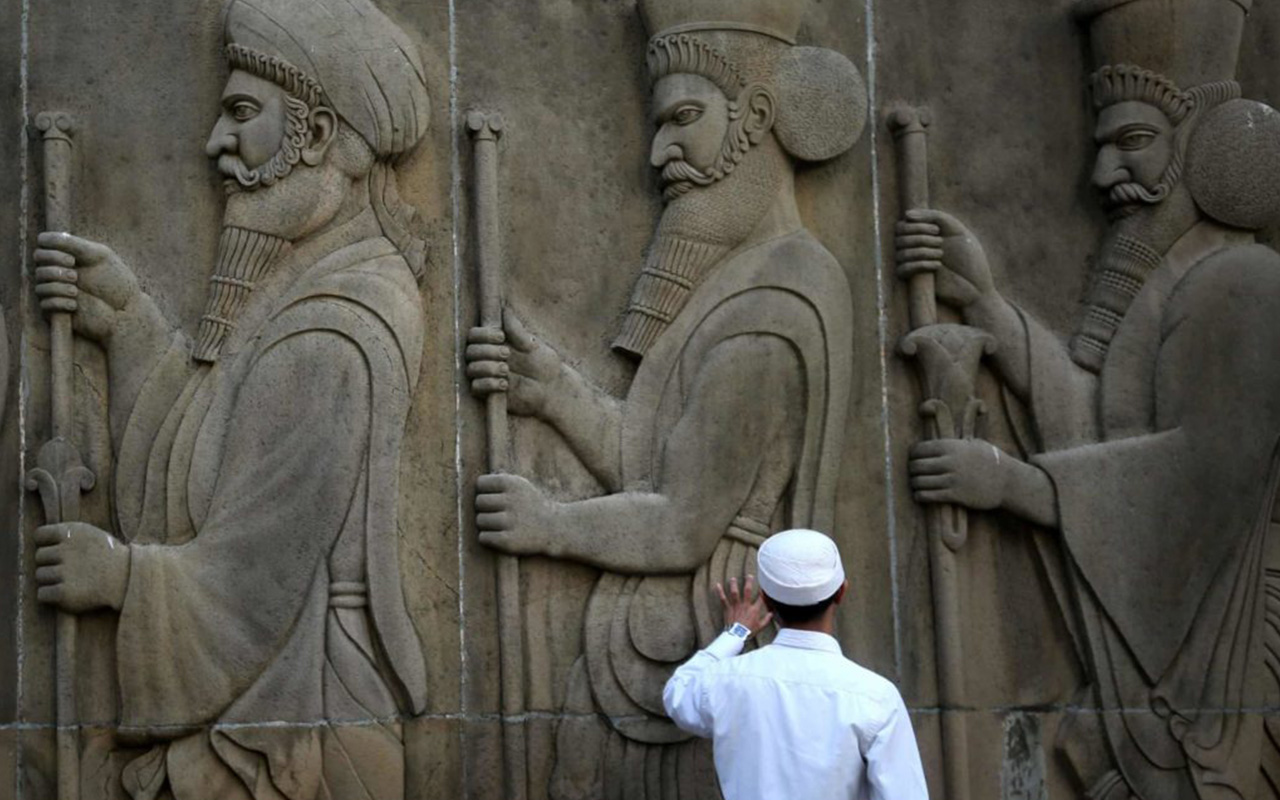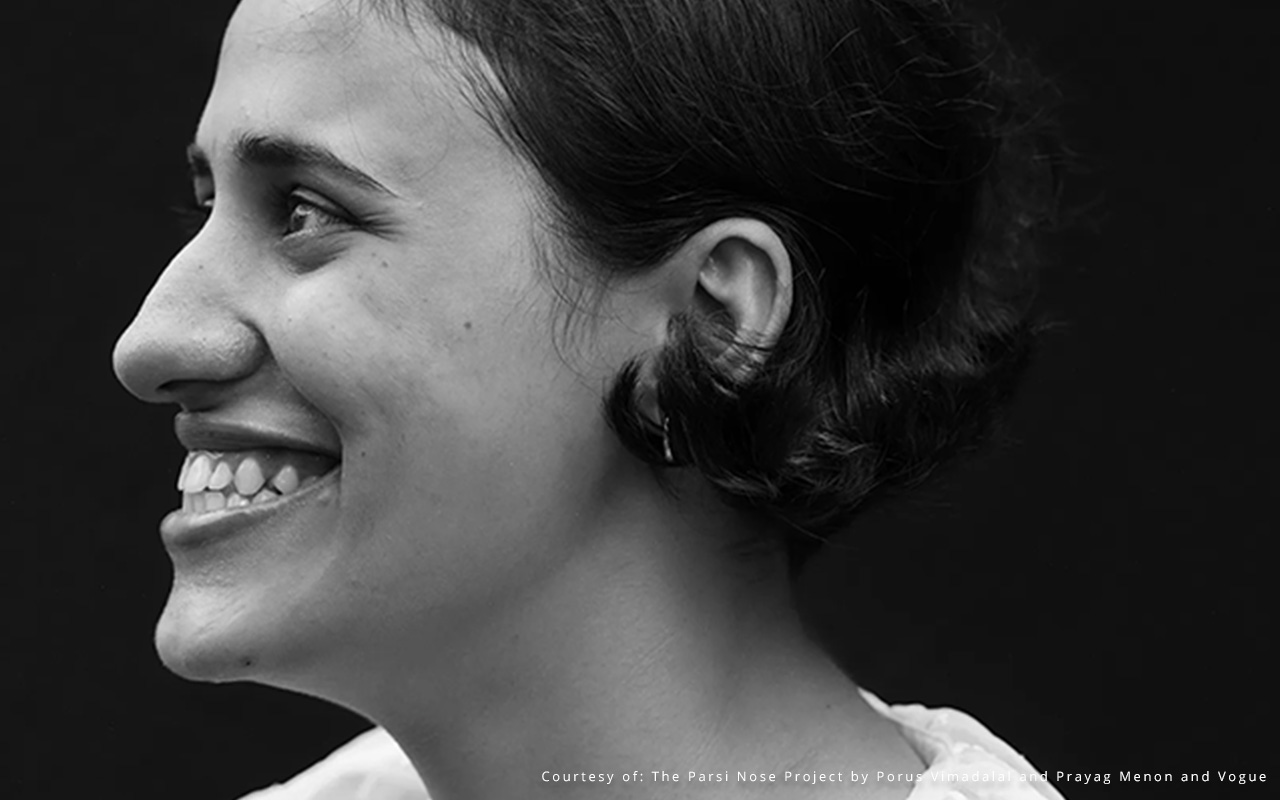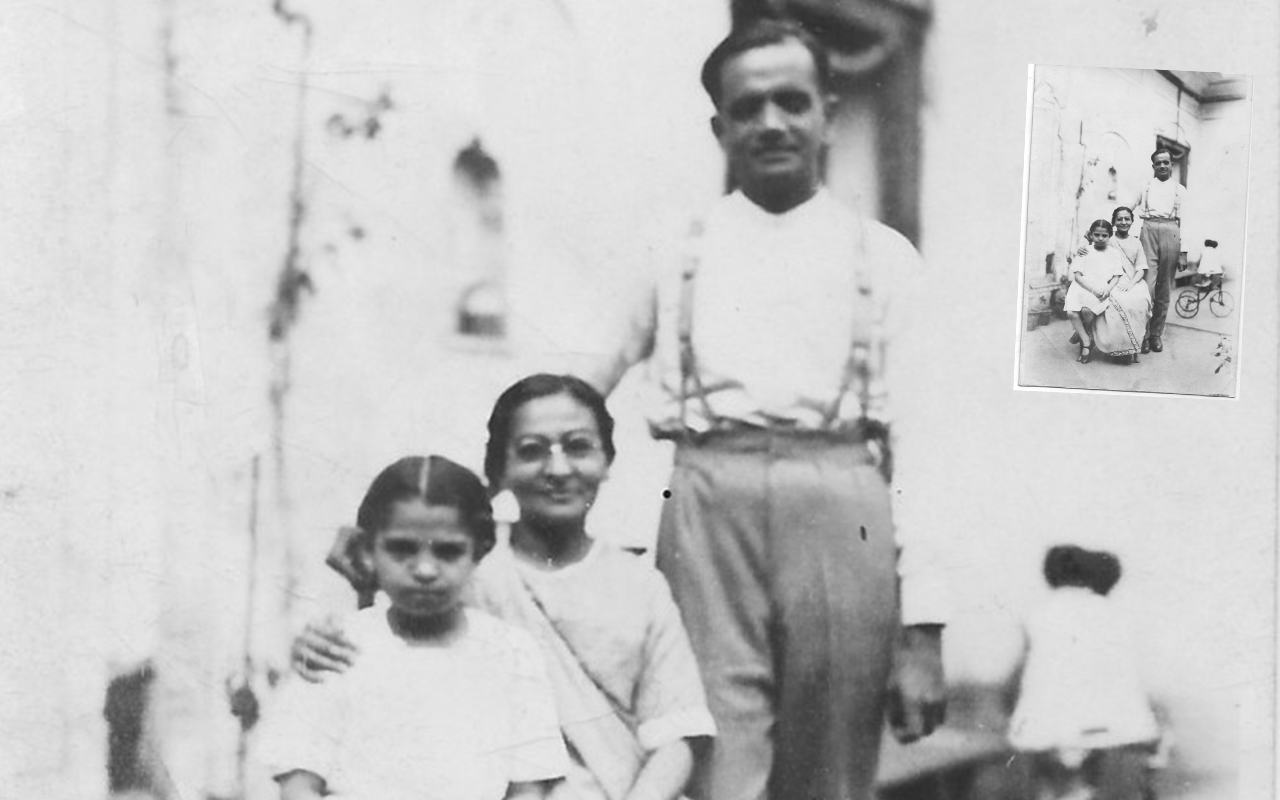The Last of the Zoroastrians
“The last of the Zoroastrians” is a long read published in the Guardian, written by Shaun Walker, who is the Guardian’s central and eastern Europe correspondent. More importantly, in this context, he is, as he refers to himself in the article – a halfie – the son of a Parsi woman married to a non-Parsi man, therefore according to orthodox Parsis, neither a Parsi, nor is he eligible to become a Zoroastrian through a Navjote.
This article is a narrative of Shaun’s observations of his grandfather, and of Parsis he met on a Return to Roots trip to India. Candid, and full of insights on how some of our community leaders think, this article is a must-read for Parsis, and for non-Parsis who wonder why some influential sections of our community do not embrace children of mixed marriages, even in the face of dramatically dwindling numbers.
The link to the full article is given below, but first, an excerpt:
The Parsis promised their Hindu hosts they would not proselytise, and over the centuries this morphed into a dogmatic aversion to conversion. The rigorous tribalism kept the small community alive and distinct for more than a millennium, but in today’s world, the same intransigence is killing it off.
“You’ve seen four weddings and a funeral – well, for Parsis, it’s four funerals and a wedding,” says Jehangir Patel, who has edited the community’s monthly magazine, Parsiana, for almost 50 years. When he finally retires, he fears the magazine will simply close, as more of its readers are dying off each year. India’s Parsi population shrank from 114,000 in 1941 to 57,000 at the last census in 2011. Projections suggest that by the end of the century, there will be just 9,000 left…
To continue reading the full article in the Guardian, please click here.
.



Leave A Comment